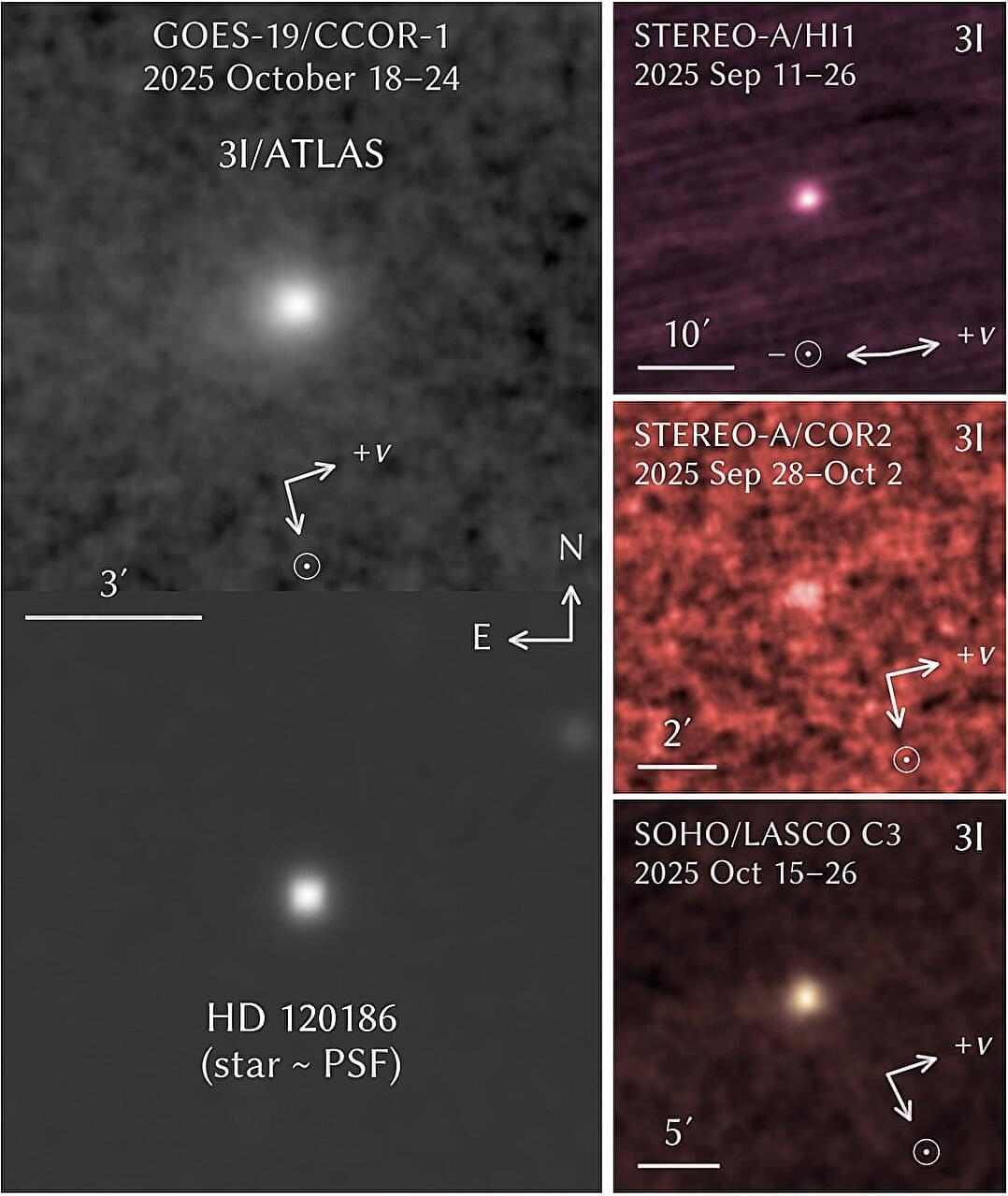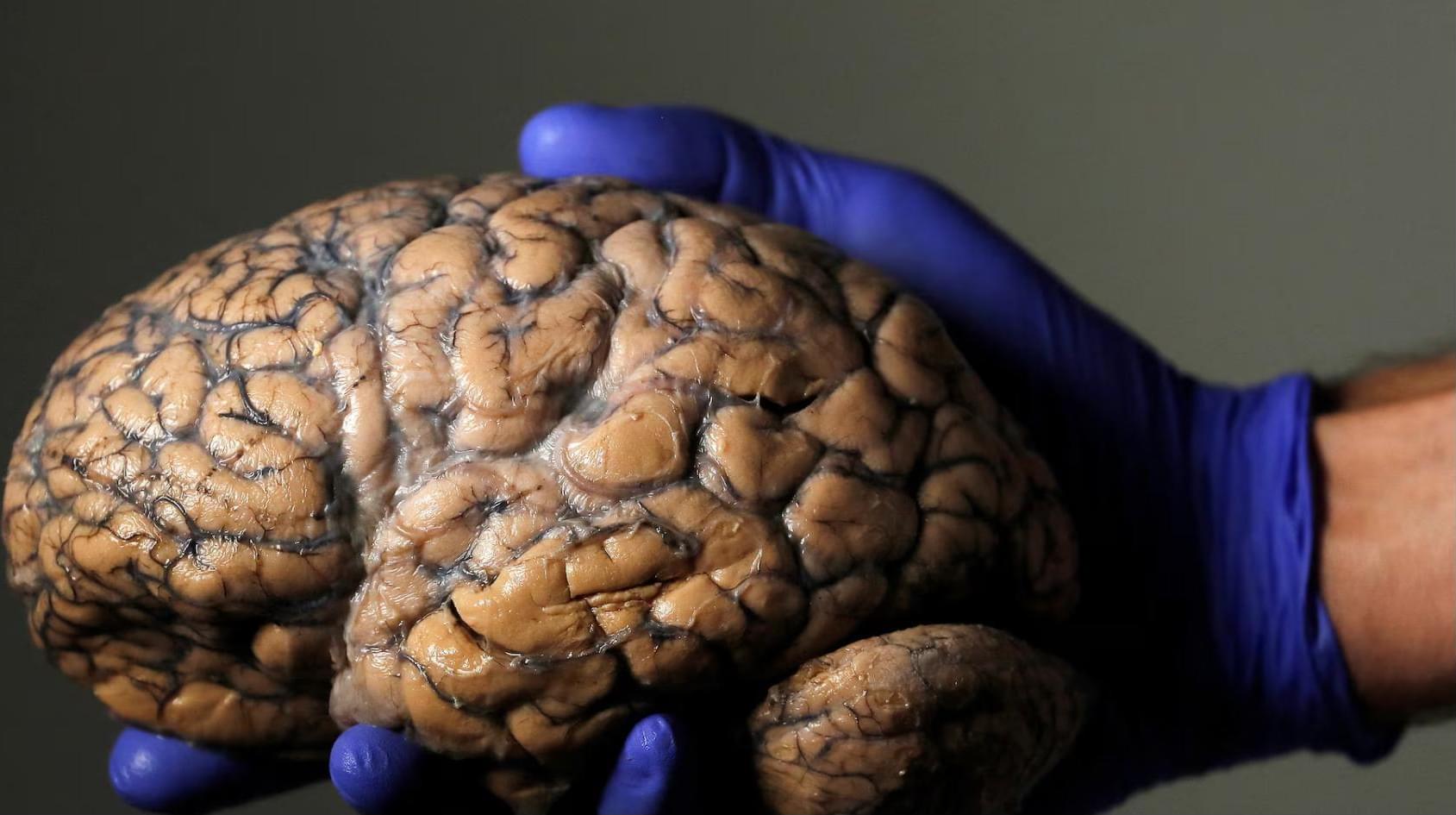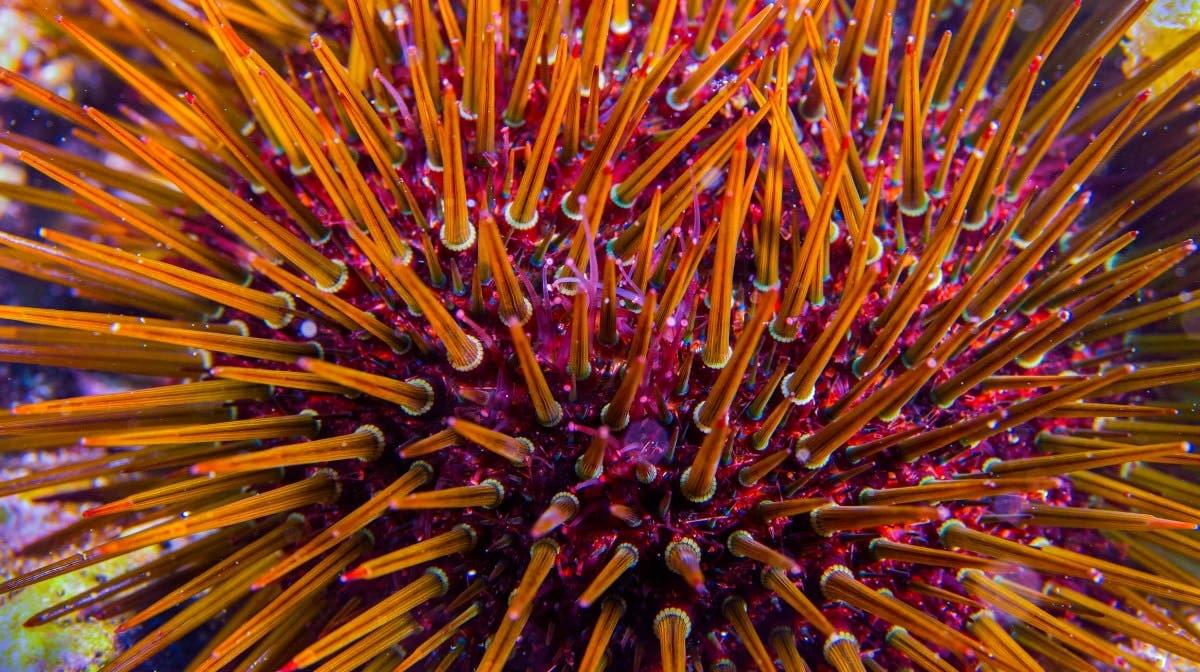It may look like an ordinary satellite, but the recently launched Haven Demo is a major step toward the first commercial space station. Built by Vast, the 1,100-lb (500-kg) uncrewed spacecraft will test core systems of the planned Haven-1 outpost.
Launched on November 1, 2025 atop a SpaceX Falcon 9 rocket, Haven Demo was one of 18 shared payloads for a variety of customers that formed the Bandwagon-4 mission. The satellite is scheduled to remain in orbit for six months during which it will carry out a series of tests to reduce the risk of failure when Haven-1 is put into orbit in May of next year.
True, the Haven Demo doesn’t look like any sort of space habitat. There’s no balloon-like module for astronauts to hang out in, but it does have propulsion systems, flight computers, navigation and guidance systems, communication units, and power systems similar to those that will be used on Haven-1. The Haven Demo will not only validate these systems in orbit, but it will also test the ground network and mission operations infrastructure back on Earth.








